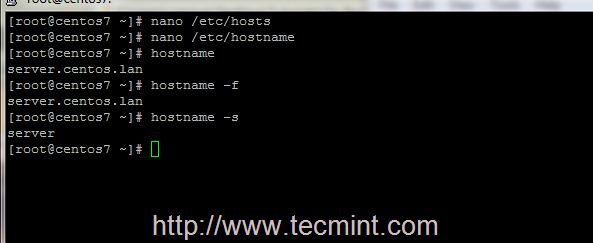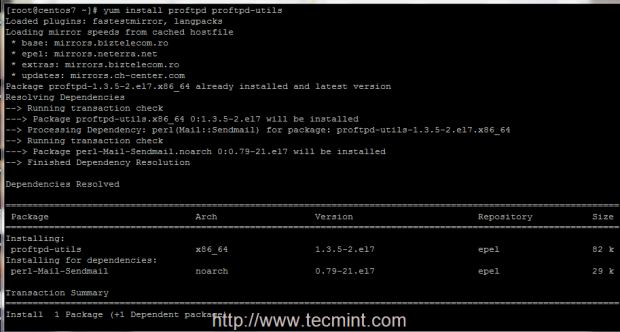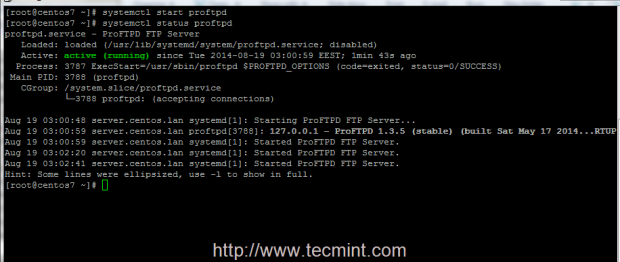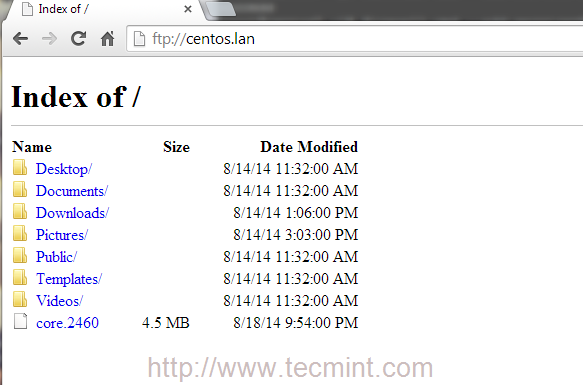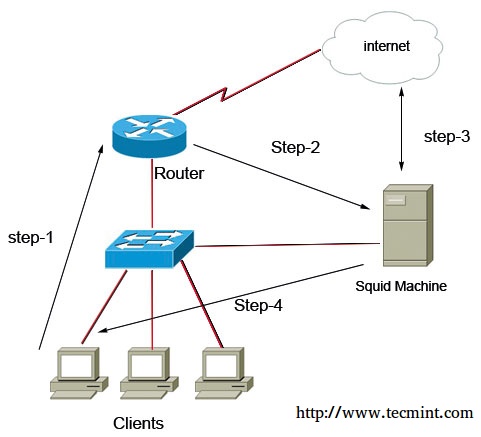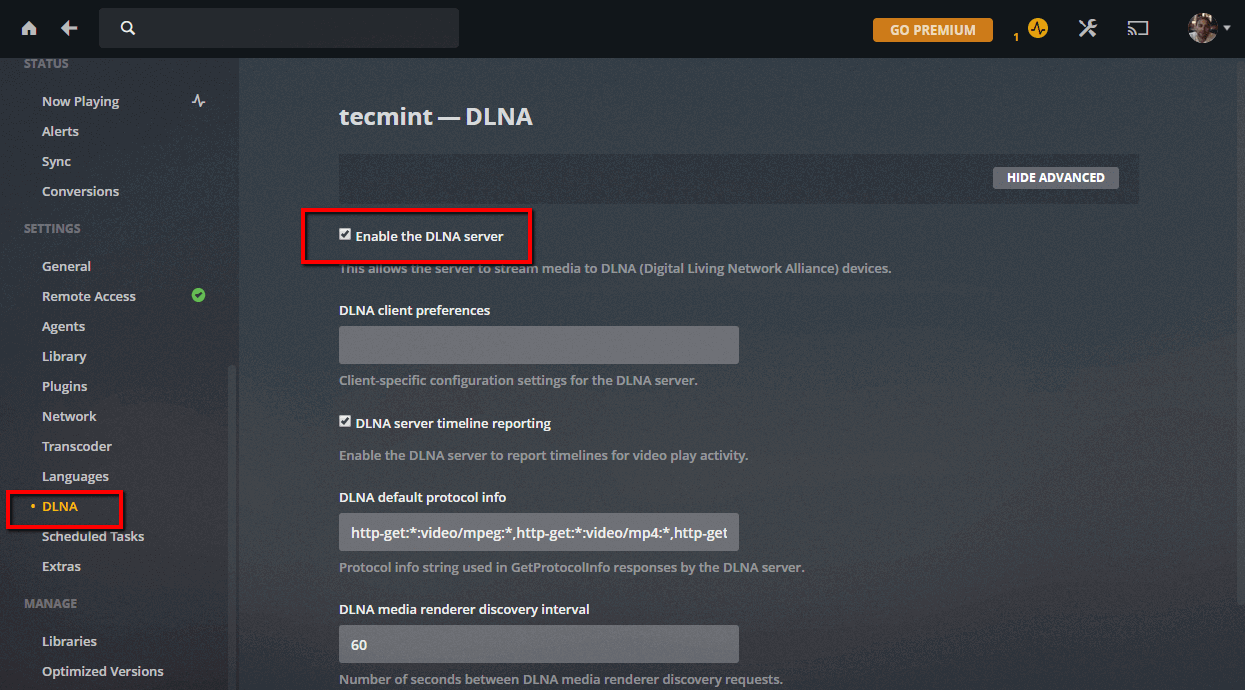The wc (word count) command in Unix/Linux operating systems is used to find out number of newline count, word count, byte and characters count in a files specified by the file arguments. The syntax of wc command as shown below.
# wc [options] filenames
The following are the options and usage provided by the command.
wc -l : Prints the number of lines in a file. wc -w : prints the number of words in a file. wc -c : Displays the count of bytes in a file. wc -m : prints the count of characters from a file. wc -L : prints only the length of the longest line in a file.
So, let’s see how we can use the ‘wc‘ command with their few available arguments and examples in this article. We have used the ‘tecmint.txt‘ file for testing the commands. Let’s find out the output of the file using cat command as shown below.
[root@tecmint ~]# cat tecmint.txt Red Hat CentOS Fedora Debian Scientific Linux OpenSuse Ubuntu Xubuntu Linux Mint Pearl Linux Slackware Mandriva
1. A Basic Example of WC Command
The ‘wc‘ command without passing any parameter will display a basic result of ”tecmint.txt‘ file. The three numbers shown below are 12 (number of lines), 16 (number of words) and 112 (number of bytes) of the file.
[root@tecmint ~]# wc tecmint.txt 12 16 112 tecmint.txt
2. Count Number of Lines
To count number of newlines in a file use the option ‘-l‘, which prints the number of lines from a given file. Say, the following command will display the count of newlines in a file. In the output the first filed assigned as count and second field is the name of file.
[root@tecmint ~]# wc -l tecmint.txt 12 tecmint.txt
3. Display Number of Words
Using ‘-w‘ argument with ‘wc‘ command prints the number of words in a file. Type the following command to count the words in a file.
[root@tecmint ~]# wc -w tecmint.txt 16 tecmint.txt
4. Count Number of Bytes and Characters
When using options ‘-c‘ and ‘-m‘ with ‘wc‘ command will print the total number of bytes and charactersrespectively in a file.
[root@tecmint ~]# wc -c tecmint.txt 112 tecmint.txt
[root@tecmint ~]# wc -m tecmint.txt 112 tecmint.txt
5. Display Length of Longest Line
The ‘wc‘ command allow an argument ‘-L‘, it can be used to print out the length of longest (number of characters) line in a file. So, we have the longest character line (‘Scientific Linux‘) in a file.
[root@tecmint ~]# wc -L tecmint.txt 16 tecmint.txt
6. Check More WC Options
For more information and help on the wc command, simple run the ‘wc –help‘ or ‘man wc‘ from the command line.
[root@tecmint ~]# wc --help
Usage: wc [OPTION]... [FILE]...
or: wc [OPTION]... --files0-from=F
Print newline, word, and byte counts for each FILE, and a total line if
more than one FILE is specified. With no FILE, or when FILE is -,
read standard input.
-c, --bytes print the byte counts
-m, --chars print the character counts
-l, --lines print the newline counts
-L, --max-line-length print the length of the longest line
-w, --words print the word counts
--help display this help and exit
--version output version information and exit
Report wc bugs to bug-coreutils@gnu.org
GNU coreutils home page: <http://www.gnu.org/software/coreutils/>
General help using GNU software: <http://www.gnu.org/gethelp/>
For complete documentation, run: info coreutils 'wc invocation'





